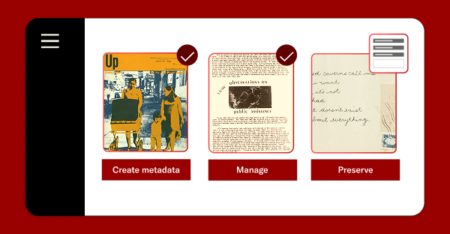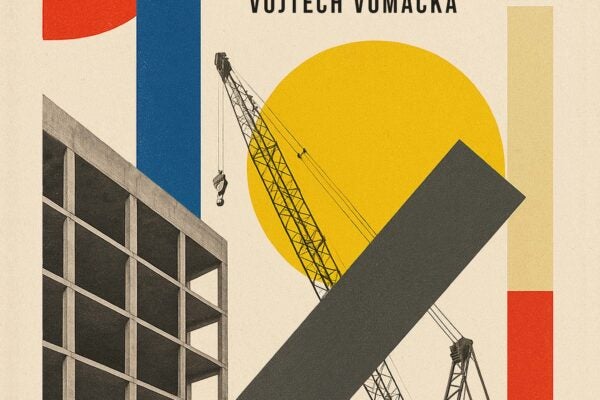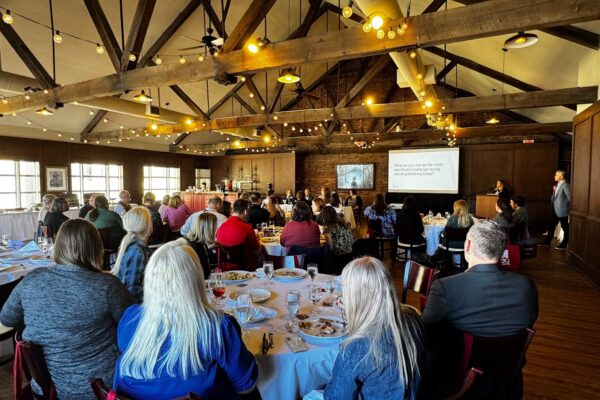
For thirty years, JSTOR has partnered with libraries and the broader academic community to leverage technology in service of a shared mission: preserving knowledge, expanding access, and supporting the essential work of research, teaching, and learning. That partnership has always been rooted in a simple but powerful belief: the scholarly record matters—and so does our ability to steward it responsibly, especially in a rapidly changing world.
Today, I’m excited to share the next step in that work: the launch of JSTOR Digital Stewardship Services.
This new offering is the result of deep collaboration with our global community of librarians, archivists, and others entrusted with the care of unique and culturally significant collections. It brings together everything we’ve learned and built together over the past three decades—and introduces a set of tools designed to meet one of today’s most pressing challenges: how to process and make discoverable the vast and growing collections that remain hidden from view.
The challenge: More to steward, less time to do it
Since 1995, when JSTOR began digitizing back issues of scholarly journals and making them accessible on the then-nascent internet, we’ve worked to advance the use, accessibility, and impact of academic research through technology. In recent years, our Open Community Collections pilot—and the broader suite of infrastructure services it evolved into—extended that commitment by placing the tools we developed for preserving and disseminating scholarship (through Portico and JSTOR respectively) into the hands of those responsible for special collections and archives.
This step recognized the significant challenges these stewards face in connecting collections to researchers in sustainable ways, ensuring long-term access, and doing so amid growing expectations and limited resources. It also brought us into closer partnership with a dedicated community of professionals—archivists, curators, and other library professionals—who navigate an even broader range of complexities than we initially understood.
In 2024, JSTOR conducted over 120 in-depth interviews with library leaders around the world. Nearly every library and archive we spoke with described a similar dynamic: digital collections are growing quickly, but the capacity to process and describe them has not kept pace. Librarians estimated that up to 95% of materials remain undigitized or unprocessed, while many of those that are digitized have not been made discoverable—not for lack of will, but because the task is simply too large for current systems and workflows.
This is not a failure of commitment. It’s a reflection of the scale and complexity of digital stewardship today. What we heard consistently from the field was this: We know how important these collections are. We just don’t have the tools—or the time—to get them fully processed, described, and shared.
A mission-aligned solution
We created JSTOR Digital Stewardship Services to help solve this problem—not by replacing the expertise of librarians and archivists, but by enhancing it.
Built in collaboration with our community, this new service integrates digital asset management, long-term preservation (powered by Portico), and JSTOR Seeklight, a first-of-its-kind tool for accelerating collection processing—all within a seamless, cloud-hosted platform.
At its core, Digital Stewardship Services is about helping institutions scale the work they’re already doing to meet the ends that matter. Our goal is to make aspects of the work faster and more efficient while both ensuring the same care and oversight that defines the archival profession and empowering these professionals to focus on the higher-level aspects of stewardship that too often are deprioritized in the face of never-ending to-do lists and manual work.
JSTOR Seeklight in particular has already shown promising results. Early testers have used it to process thousands of documents in a fraction of the time, uncover hidden connections in their collections, and refocus their energy on the meaningful, narrative, and contextual work only humans can do. These are real, measurable benefits—and they speak to a future where technology supports stewardship, not replaces it. As Emilie Hardman, an archivist and curator for Reveal Digital who has contributed to the development of the tool, has put it: “AI is not a magic fix. It can’t replace the deep cultural, historical, and ethical work that archivists do. But it can give us more time to focus on those things—to move beyond rote, mechanical tasks and into the realm of storytelling and knowledge-building.”
Digital Stewardship Services is about helping institutions scale the work they’re already doing to meet the ends that matter.
Grounded in values, guided by people
We know that conversations around AI can bring both excitement and concern. Rightfully so. That’s why, from the start, we’ve built JSTOR Seeklight around a few core principles, which echo the similar approach we’ve taken in introducing emerging technologies to the JSTOR platform:
- People first. AI assists, it does not replace. Human expertise remains at the heart of stewardship.
- Transparency always. Users retain full control. Outputs are always reviewable, editable, and never automatic.
- Mission above all. This work exists to further our shared commitment to access and long-term preservation.
We’ve been especially encouraged by the archivists and librarians who have helped us shape the direction of this work—through user testing, feedback, and shared imagination about what’s possible.
Join us in shaping what comes next
As part of this launch, we’re introducing the JSTOR Digital Stewardship Services Charter Program—a two-year fee-based initiative that invites institutions to join us in shaping the future of AI-assisted digital stewardship.
Charter participants will gain early access to the platform, provide critical feedback, and help lead the profession forward. It’s a chance to co-create something lasting and impactful—together.
Just as JSTOR transformed access to academic journals three decades ago, we believe this moment has similar potential: to activate the power of digital collections, to reduce barriers to discovery, and to make hidden histories visible to the world.
We’re grateful, as always, to be on this journey with you.
Learn more about JSTOR Digital Stewardship Services and JSTOR Seeklight, and join us in building the future of responsible, mission-driven digital stewardship.



